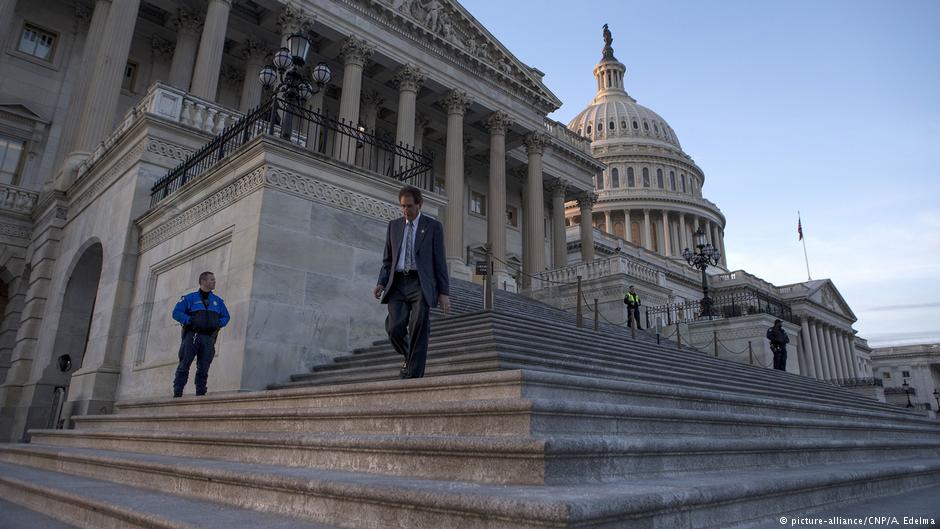
(AFP Photo)
The International Monetary Fund (IMF) released a report showing that Middle East and North Africa (MENA) governments spend $236.7bn in energy subsidies, which is 50% of the $480.6bn total energy subsidies bill footed by governments worldwide.
The report showed that the MENA subsidy bill is about 8.5% of regional GDP, representing 22% of government revenues.
Subsidies lead to countries draining their resources without helping the region’s poorest people, the report stated.
“Subsidies distort resource allocation by encouraging excessive energy consumption, artificially promoting capital-intensive industries, reducing incentives for investment in renewable energy, and accelerating the depletion of natural resources,” the report explained.
The IMF further explained that subsidies mostly benefit higher-income households, which eventually reinforces inequality. In addition, the report highlighted how subsidies could affect future generations through increased energy consumption.
“Subsidies were most prevalent in the Middle East, amounting to 34% of the global total,” said the International Energy Agency (IEA) in a report published earlier this year.
The IMF figures are slightly below the IEA’s estimates of $523bn borne by governments across the world.
“Oil products attracted the largest subsidies, totaling $285bn, or 54% of the total, followed by fossil-fuel subsidies reflected in the under pricing of electricity at $131bn. Natural gas subsidies were also significant, reaching $104bn,” stated the IEA report.
The IMF has been urging regional governments to cut subsidies and pushing for a link between subsidy reform and loans and other aid.
Earlier this month, the Egyptian government announced a curb on subsidies including cooking gas where prices for cylinders rose by 60%.
The announcement was made days before IMF officials arrive in Cairo to resume negotiations over the proposed $4.8bn loan package.
Food and fuel subsidies in Egypt account for 8% of the nation’s GDP, both of which are three times the amount spent on education and seven times on health expenditures.
“Fiscal reforms are a key pillar under the programme,” the IMF stated, noting that the Egyptian authorities plan to reduce wasteful expenditures, especially by reforming energy subsidies and better targeting them to vulnerable groups.
Since 2010, Iran has emerged as the first major oil-exporting country in the region to implement subsidy reform and rollout a plan to raise domestic prices to 90% of international prices within five years.
Iran’s subsidies were the highest of any country reaching $82bn, according to the IEA. The country’s initially led to a sharp rise in prices, including electricity and water.
“The subsidy reform was also motivated by the authorities’ broader structural reform agenda to foster growth and job creation more than to address fiscal concerns,” said the IMF.
“Unlike other countries, Iran’s reform was driven by a need to put its valuable hydrocarbon resources to more productive use rather than a need to reduce the direct burden of subsidies on fiscal accounts.”
The report also highlighted that regional governments’ increasing consumption of oil has left less for exports.
“Saudi Arabia’s oil demand saw a solid increase of 9% year-on-year in January, as a result of increasing requirements for transportation fuels, while mild weather implied less direct crude burning,” noted the Organisation of the Petroleum Exporting Countries in its March report.
The IMF believes subsidy reform is a way for the government to focus on more meaningful ways to help the most vulnerable in society and spend more on other key utilities such as healthcare and education.



